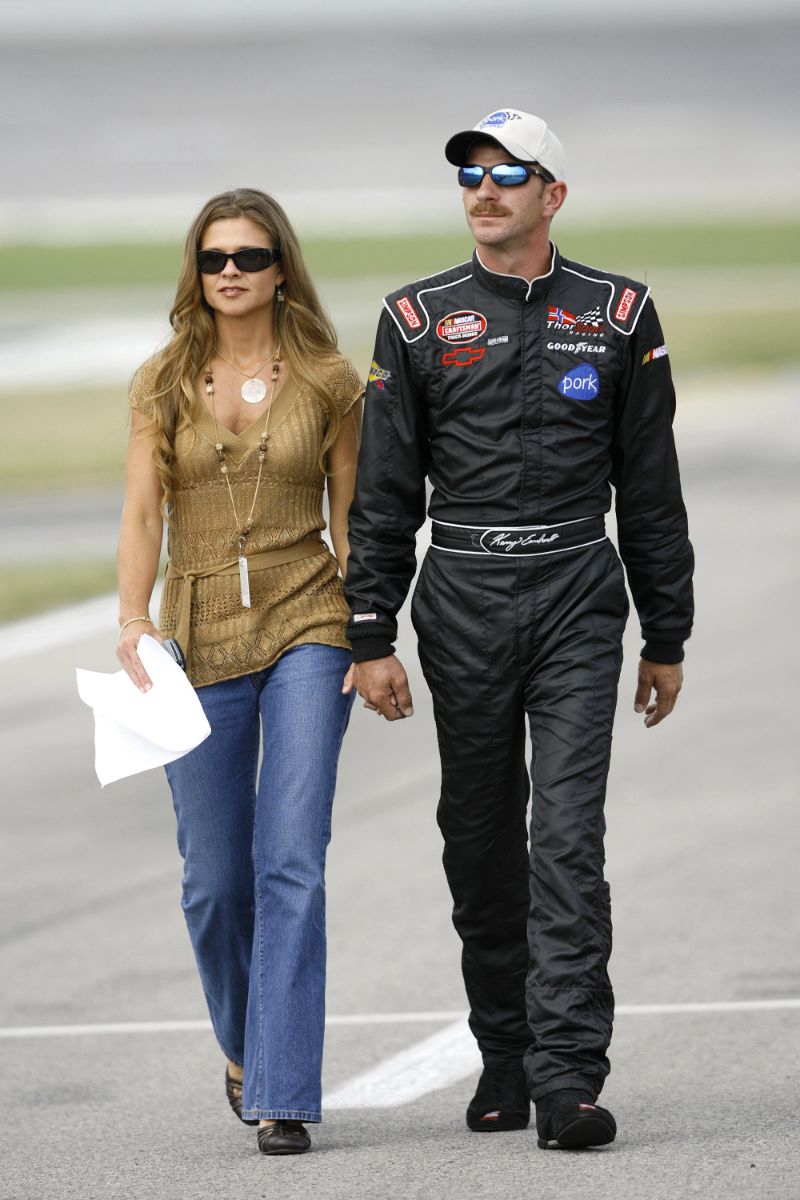Is the legacy of Leonardo da Vinci truly as profound as history suggests? The answer is an emphatic yes. Da Vinci's contributions to art, science, and engineering have left an indelible mark on human civilization. His insatiable curiosity and unparalleled genius continue to inspire generations across the globe. From his masterpieces like the Mona Lisa and The Last Supper to groundbreaking anatomical sketches, da Vinci was not just an artist but a polymath whose vision transcended his era.
Born in 1452 in Vinci, Italy, Leonardo da Vinci grew up during the height of the Renaissance—a period marked by intellectual awakening and cultural rebirth. His early years were spent under the tutelage of Andrea del Verrocchio, a renowned painter and sculptor, where he honed his skills in painting and developed a keen interest in mechanics and anatomy. What set da Vinci apart from his contemporaries was his relentless pursuit of knowledge. He believed that understanding nature was key to unlocking creativity, leading him to dissect cadavers, study water flow patterns, and design machines centuries ahead of their time.
| Bio Data & Personal Information | Career & Professional Information |
|---|---|
| Full Name: Leonardo di ser Piero da Vinci | Occupation: Painter, Scientist, Engineer, Inventor |
| Date of Birth: April 15, 1452 | Notable Works: Mona Lisa, The Last Supper, Vitruvian Man |
| Place of Birth: Vinci, Republic of Florence (modern-day Italy) | Fields of Expertise: Anatomy, Hydraulics, Aerodynamics |
| Date of Death: May 2, 1519 | Inventions: Flying Machine, Armored Vehicle, Hydraulic Pump |
| Education: Apprenticeship with Andrea del Verrocchio | Reference Website: Leonardo da Vinci Official Site |
Da Vinci’s artistic prowess is evident in his ability to blend realism with emotion. The Mona Lisa, often hailed as the greatest painting ever created, exemplifies this skill. Her enigmatic smile has captivated audiences for centuries, sparking debates about its meaning and significance. Similarly, The Last Supper showcases da Vinci's mastery over composition and narrative storytelling. Despite being painted on dry plaster instead of wet, which led to its deterioration over time, it remains one of the most studied works of art in history.
However, da Vinci’s brilliance extended far beyond the canvas. His notebooks, filled with detailed drawings and observations, reveal a mind obsessed with unraveling the mysteries of the natural world. He meticulously documented the workings of the human body, creating anatomical illustrations so accurate they could rival modern medical textbooks. His fascination with flight inspired designs for flying machines, including gliders and helicopters, long before such concepts became feasible. Additionally, his studies on hydraulics and fluid dynamics laid the groundwork for future innovations in engineering.
One cannot discuss da Vinci without acknowledging his role as a pioneer in interdisciplinary thinking. At a time when disciplines were rigidly defined, he seamlessly integrated art and science, proving that creativity thrives at the intersection of diverse fields. This holistic approach to learning is increasingly relevant today, as society grapples with complex challenges requiring innovative solutions. Institutions worldwide now emphasize cross-disciplinary collaboration, echoing da Vinci’s philosophy of interconnectedness.
Despite his monumental achievements, da Vinci faced criticism during his lifetime. Some accused him of being too perfectionist, resulting in unfinished projects. Others questioned the practicality of his inventions, many of which remained theoretical due to technological limitations of the era. Yet, these criticisms only underscore his audacity to dream big and challenge conventional norms. In hindsight, his perceived failures were stepping stones toward groundbreaking discoveries.
The influence of Leonardo da Vinci extends into contemporary culture. Modern artists, engineers, and scientists draw inspiration from his methods and philosophies. Educational institutions incorporate his principles into curricula, encouraging students to think critically and creatively. Moreover, exhibitions featuring his work attract millions globally, underscoring the enduring appeal of his creations. As we navigate the complexities of the 21st century, da Vinci serves as a timeless reminder of what humanity can achieve through curiosity, perseverance, and innovation.
Da Vinci’s impact is also evident in popular media. Books, films, and documentaries frequently explore his life and works, introducing new generations to his extraordinary legacy. Dan Brown’s novel The Da Vinci Code brought renewed attention to his art, albeit through fictional narratives. While speculative theories abound regarding hidden messages in his paintings, they highlight the ongoing fascination with his genius. Such interpretations, whether factual or fanciful, contribute to keeping his spirit alive in public consciousness.
It is worth noting that da Vinci’s legacy extends beyond tangible accomplishments. His philosophy of lifelong learning and observation offers valuable lessons for individuals seeking personal growth. By embracing curiosity and questioning established truths, one can unlock untapped potential. In an age dominated by rapid advancements, adopting da Vinci’s mindset becomes crucial for staying adaptable and resilient.
As we reflect on Leonardo da Vinci’s contributions, it becomes clear that his relevance persists not merely because of his achievements but due to the ideals he embodied. His unwavering commitment to exploration and discovery continues to inspire countless individuals across various domains. Whether through art, science, or engineering, da Vinci’s legacy endures as a testament to human ingenuity and limitless possibilities.
In conclusion, Leonardo da Vinci remains an iconic figure whose influence permeates multiple facets of modern life. His ability to transcend boundaries and redefine limits sets him apart as a true visionary. As we celebrate his life and works, let us strive to emulate his passion for learning and embrace the unknown with open minds and hearts. For in doing so, we honor the legacy of a man who dared to see the world differently.
| Related Information |
|---|
| Major Artworks: Mona Lisa, The Last Supper, Vitruvian Man |
| Scientific Contributions: Anatomical Studies, Hydraulic Engineering, Aerodynamic Research |
| Technological Innovations: Flying Machines, Armored Vehicles, Mechanical Calculators |
| Cultural Impact: Inspiration for Artists, Engineers, Educators Worldwide |

